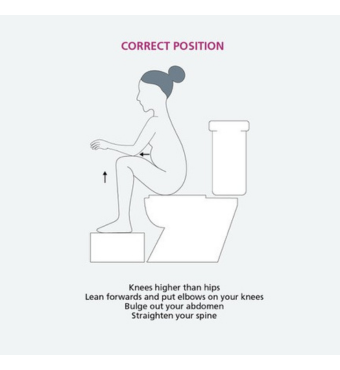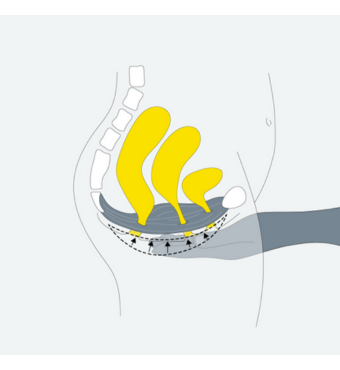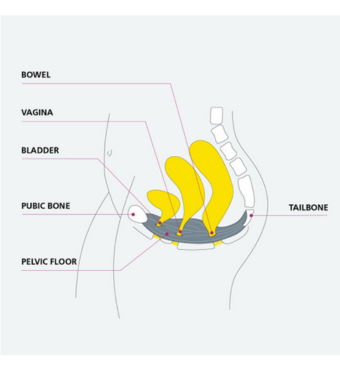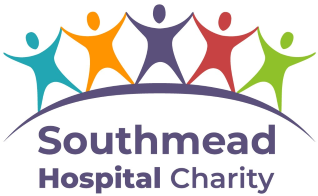Supplier SAP Business Network
Why do we need to join?
BWPC are implementing new standards, processes and SAP Ariba modules to improve how we interact with our suppliers. The benefits of this include eliminating manual ways of work and duplication of effort for both parties. It will also ensure that our supplier details are current and accurate. It also allows you to self-manage your contact information and efficiently communicate this to BWPC.
If we are already trading with BWPC as a supplier, do we need to register and qualify again?
Yes, the registration is a separate process that we expect all existing suppliers to complete. This allows suppliers to confirm BWPC’s standard procedures, self-manage their contact information and manage their catalogues when enabled.
Can you please confirm if PEPPOL is a platform you will be using?
All purchase orders will be transacted through the SAP Business Network, if you wish to be integrated to receive orders via ERP then you would require an Enterprise account with SAP and then integration with BWPC. This can all be completed at a later date. Suppose you receive purchase orders from BWPC via PEPPOL / ERP systems. We are looking into a temporary alternative for go-live that won't change how you receive orders.
Please advise how we can complete the questionnaire for you?
Questionnaires are due to be sent out closer to the go-live date.
We would not like to participate in using SAP Business network due to having to pay a subscription charge.
You can still participate with an SAP Business Network with a standard account which is free of charge.
Most orders from BWPC arrive via the NHS Supply Chain route, will this be affected by the SAP ordering system?
No, any POs sent via NHSSC will remain the same, only the products we may order directly with you will be affected by this change.
Do we continue to send our invoice via the current route and contact your payments department regarding payments?
Yes, this is correct, only purchase orders are affected by this change.
I am unsure how to register on SAP Business Network
You can register for an account through this link https://service.ariba.com
Can you advise when we will receive the Trade Relationship Request from BWPC? Is this something that will be sent by email?
Yes, you will receive an email notification to the email associated with your SAP account. This email will notify you that a trade relationship request is ready to be accepted. This will be sent out once we have input your details into the SAP Business Network which may take 24-48 hours.
Is BWPC expecting to submit their Purchase Orders via SAP Business Network (from September onwards), where the intention is that we will pick them up for manual entry?
Yes. However, if you upgrade your SAP Business Network account to an enterprise account then integrating via your ERP would be possible. Suppose you are receiving purchase orders from BWPC via PEPPOL / ERP systems. In that case, we are looking into a temporary alternative for go-live so the way you receive orders doesn't change.
Why have we been provided a link to upgrade to an Enterprise account which carry charges with SAP?
This may be due to the volume of transactions BWPC carries out with your company, as a standard account does not offer some features such as integration and a dedicated SAP helpdesk. If you wish to continue with a standard account then this can still be completed, but please note that we won’t be able to integrate with any of your ERP systems and orders may have to be extracted manually by yourselves on your account.
Do we need separate SAP accounts for our customers?
No, one SAP Business Network account can service multiple customers.
What happens if an existing supplier does not complete the new onboarding process?
Completing our process via the SAP Ariba is mandatory. Not completing it on time could result in non-compliance and impact our existing trade relationship. For new suppliers it will also prevent BWPC from taking the necessary steps to initiate your account in our system to allow transactions to occur.
I received more than one system generated invitation to register? Are these duplicates?
If you have more than one business that is actively trading with us, you will receive a system generated invitation to register per organization or legal entity. You will need to re-register and re-qualify each one separately.
If I already have an existing SAP Ariba Network Account, why am I being asked to create a new one?
- You do not need to create a new Ariba Network account to respond to questionnaires or participate in events with BWPC. You can use your existing account to:
- Respond to registration, qualification questionnaires for BWPC and other customers.
- Respond to future sourcing events.
- Potentially manage contracts. However, some suppliers may want to create an additional Ariba Network account, to manage these three processes and modules separately from the transactional account or from the account used to manage other customers.
What will it cost me to use the Ariba Network?
There is no cost associated with creating a standard Ariba Network account. Suppliers can use a standard account to:
- Respond to questionnaires.
- Participate in sourcing events.
- Manage contracts.
- Receive POs.
At any time, suppliers can upgrade from their standard account to an Enterprise account. Costs may be incurred when upgrading to an enterprise account to transact with buyers.
I received a system generated invitation to register, but I am not the correct person to complete this questionnaire. It should be sent to someone else within my organisation.
If you or someone else in your organisation received the SAP Ariba system generated invitation to register their email, and it should have been sent to another person in your organisation, do not simply forward it on. Contact the Supplier Enablement Lead within BWPC to have the email with the link resent to the relevant contact.
I’m struggling to login with my existing Ariba Network account credentials. What do I do?
If you are experiencing this problem, it could be one of the scenarios below:
You have already logged into your existing account and then also clicked on the link in the email for the first time. Please note, the system will view this as an attempt to log in twice at the same time. You must either click on the link and log in from there or log into your existing account and navigate to the Ariba Sourcing screen. You can not to do both.
If you have another SAP Ariba site open in another browser tab, please close that other tab and try to login again.
If you received a certificate error in your browser when trying to access the Ariba Network login page at supplier.ariba.com, please clear your browser cache, cookies and search history. Close the browser and then try open the page again.
Will my current information be migrated to the SAP Ariba SLP module?
If you are an existing supplier of BWPC, some of your information may be migrated, so you need only confirm it for accuracy rather than starting new. However, you may need to re-provide some information or provide additional information. This will ensure that BWPC has the most accurate, up to date information they need to do business with your company moving forward.






